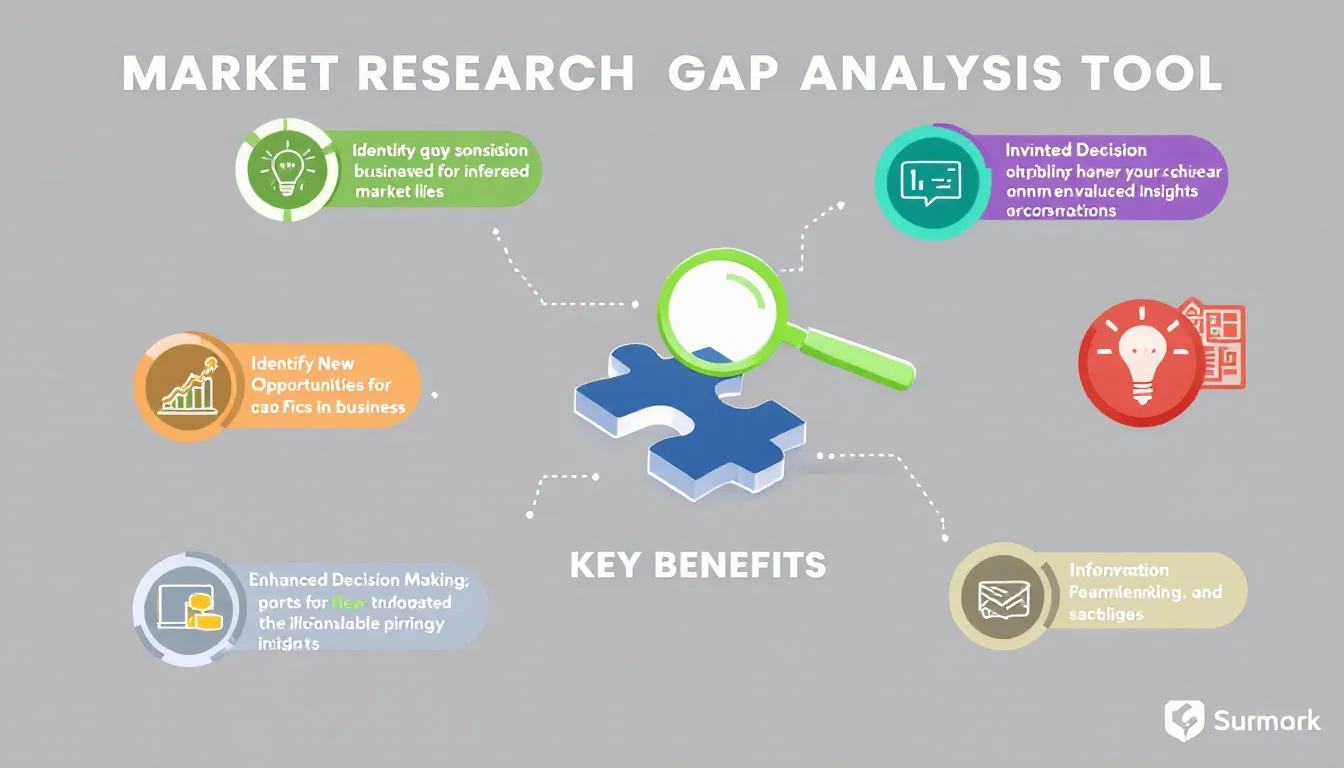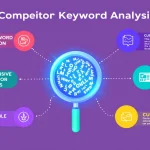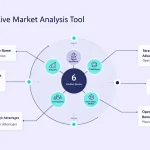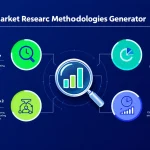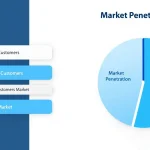Market Research Analysis
Is this tool helpful?
How to Use the Market Research Gap Analysis Tool Effectively
Step-by-Step Guide to Getting the Best Results
You can use this tool to uncover untapped market opportunities and understand gaps relevant to your product or service. Follow these steps:
- Enter Your Market Niche: Specify a clear market segment you’d like to explore. For example, “Wireless charging accessories” or “Gluten-free bakery products.”
- Describe Your Product or Service: Name the product or service you want to analyze. Examples include “Magnetic charging pads for smartphones” or “Artisanal gluten-free bread.”
- Optional – Choose Your Research Methods: List methods you’d prefer, such as “Customer surveys, social media sentiment analysis” or “Industry reports and expert interviews.”
- Optional – Identify Competitors: Mention competitors you know in your market space, for instance, “ChargeTech, PowerHub” or “Gluten Delight, Bread & Co.”
- Optional – Define Your Target Audience: Provide demographics or interests of your customers like “Tech-savvy professionals aged 25-40” or “Health-conscious families seeking allergen-free options.”
- Click “Generate Market Research Report”: Submit your inputs to receive a detailed analysis highlighting potential market gaps and opportunities.
Providing accurate and thorough information in each field ensures that your market research report will offer actionable insights tailored uniquely to your business.
Overview of the Market Research Gap Analysis Tool
What This Tool Does
This Market Research Gap Analysis Tool uses AI-powered analysis to help you identify meaningful market gaps, consumer needs, and trends within your chosen niche. It streamlines your research by combining data from multiple sources to deliver insights that guide your business strategy.
Purpose and Benefits
- Make informed decisions: Base your strategy on clear, data-backed insights rather than guesswork.
- Save time and resources: Automate your market research process and avoid expensive manual efforts.
- Gain a comprehensive market overview: Understand current trends, customer preferences, and competitor dynamics all at once.
- Spot untapped niches: Discover underserved segments to expand or position your offerings effectively.
- Customize insights: Tailor market analysis based on your product, niche, and target audience.
- Achieve strategic advantage: Identify competitive gaps to launch products that better meet customer demands.
Practical Usage of the Market Research Gap Analysis Tool
Real-World Example
Consider a brand called EcoBlend that develops eco-friendly beverages. They want to explore new product ideas using this tool:
- Niche: “Sustainable beverage packaging”
- Product or Service: “Reusable beverage containers made from bamboo”
- Research Methods: “Customer feedback surveys, competitor product analysis”
- Known Competitors: “GreenSip, PureEarth Packaging”
- Target Audience: “Eco-conscious consumers aged 18-35, active in outdoor activities”
The tool generates a report that highlights:
- Growing consumer interest in biodegradable and reusable packaging in urban areas.
- Limited availability of lightweight bamboo containers suitable for on-the-go use.
- Competitors focus mostly on glass and metal packaging, leaving the bamboo niche less explored.
- Target customers value portability and sustainability but report dissatisfaction with current options’ weight and durability.
These insights help EcoBlend prioritize developing durable, lightweight bamboo containers portable enough for commuters and outdoor enthusiasts, filling a key market gap.
Key Advantages of Using This Market Research Gap Analysis Tool
How This Tool Supports Your Business Growth
- Reduce Risks: Base your product launches and market entry on solid data to avoid costly mistakes.
- Maximize Return on Investment: Focus resources on opportunities with proven demand and low competition.
- Speed Up Product Development: Use actionable insights to refine ideas and go to market faster.
- Enhance Marketing Impact: Tailor your messaging using precise knowledge of customer needs and preferences.
- Gather Competitive Intelligence: Stay ahead by understanding your competitors’ strengths and weaknesses.
- Scale Research as You Grow: Apply the tool’s insights whether you’re a startup or established business.
Long-Term Benefits
- Adapt to Changing Markets: Regular use keeps you informed about shifting consumer behaviors and new trends.
- Drive Innovation: Uncover unmet needs that inspire new products or improvements.
- Focus on the Customer: Develop offerings that truly solve your audience’s problems, building loyalty.
- Ensure Sustainable Growth: Avoid saturated markets and focus on genuine opportunities to grow steadily.
Important Disclaimer
The calculations, results, and content provided by our tools are not guaranteed to be accurate, complete, or reliable. Users are responsible for verifying and interpreting the results. Our content and tools may contain errors, biases, or inconsistencies. Do not enter personal data, sensitive information, or personally identifiable information in our web forms or tools. Such data entry violates our terms of service and may result in unauthorized disclosure to third parties. We reserve the right to save inputs and outputs from our tools for the purposes of error debugging, bias identification, and performance improvement. External companies providing AI models used in our tools may also save and process data in accordance with their own policies. By using our tools, you consent to this data collection and processing. We reserve the right to limit the usage of our tools based on current usability factors.
